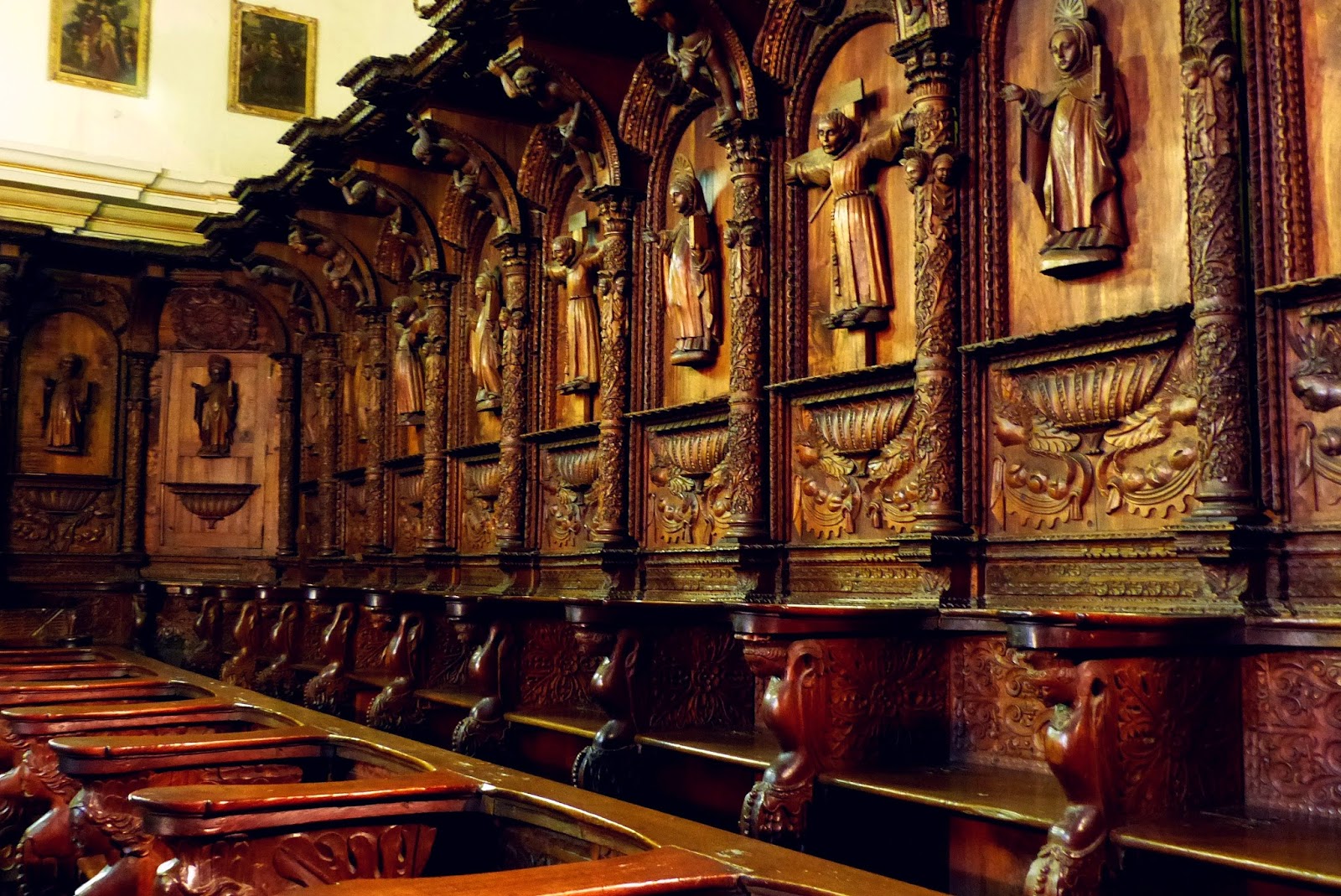Next to the Plaza Mayor is the market hall. A large concrete building with a lot of food stalls. No it is not a parking garage. From this market hall a colorful footbridge crosses the busy road into the city center on the other side.
Looking from the bridge to (more or less) the west......
...... and the other way to El Alto.
 |
| |
The road leading up to the Plaza Murillo is a walking area.
At the corner of the Plaza Murillo is the National Art Museum. A beautiful old building outside and inside.
The Metropolitan Cathedral built in 1835.
The presidential palace, the Palacio Quemado, is also situated on the Plaza Murillo

From the bridge at the market you have to climb some steep streets to go to Jaén street. As you have to stop a few times to get some air, look back and surprise yourself. The view to El Alto is amazing.
Jaén street is one of the few areas that have been restored. Here you also find many museums.
On the corner of this arcade is a nice restaurant. Time to sit down and take a rest.




















































